- Binbirdirek Mah. Klod Farer Cad. Güven Apartmanı No:2/302 Fatih/İstanbul, Turkey
- Open 08:00-22:00: Monday - Sunday
- drop us an email info@istanbulguideservices.com
- 24/7 service +90 555 6022454
tags:
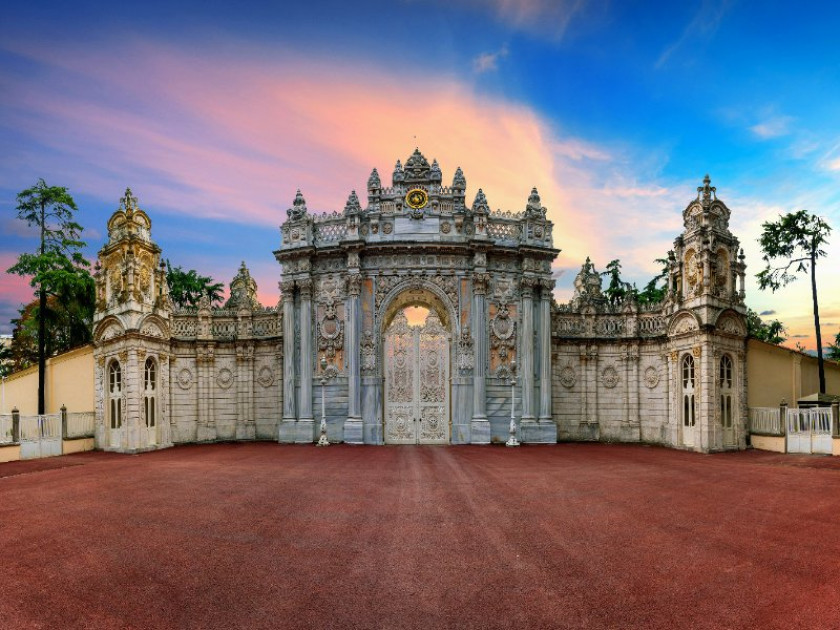
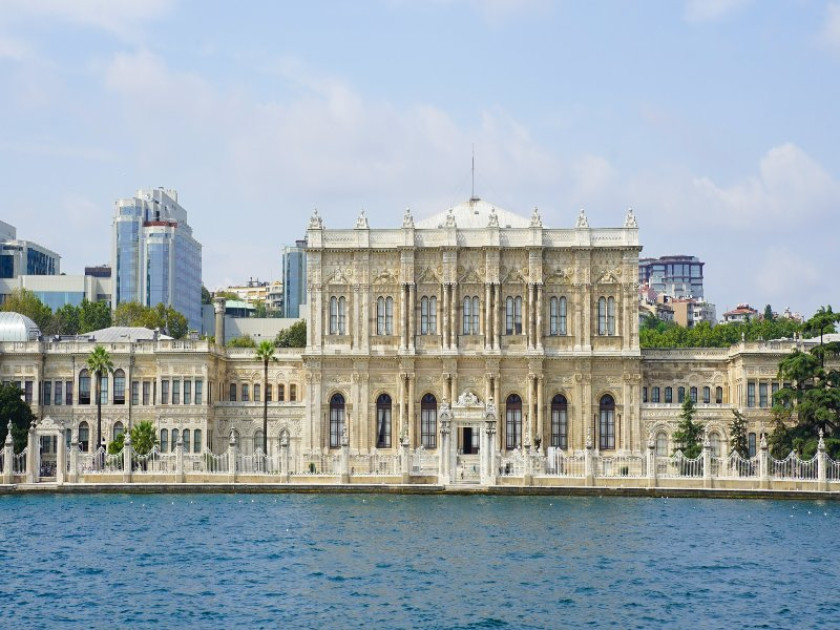

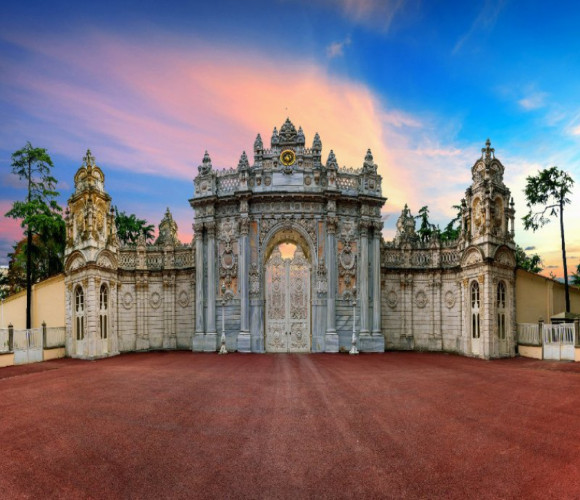
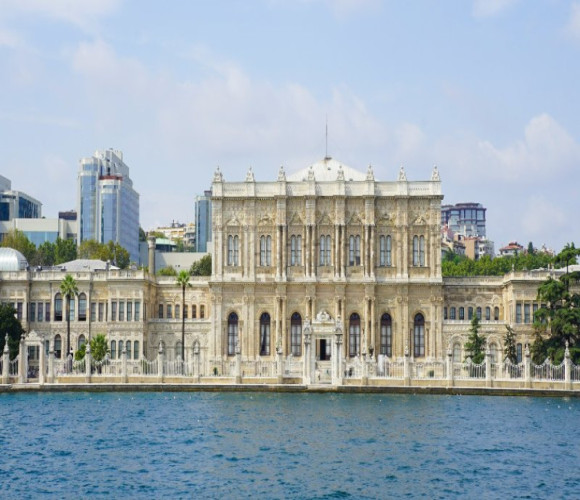
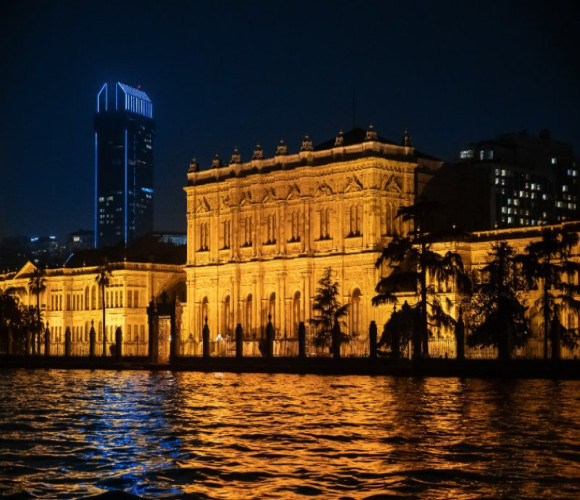
Ottoman Splendor in the Twilight of an Empire
The Bosphorus gleams beneath the towering façade of Dolmabahçe Palace, its waters reflecting centuries of power, ambition, and decline. For an empire that once made European monarchs tremble, this architectural marvel represents not the zenith of Ottoman might, but rather its magnificent swan song.
When Sultan Abdülmecid I commissioned Dolmabahçe in 1843, the Ottoman Empire was already hemorrhaging power. The once-unstoppable force that had conquered Constantinople, threatened Vienna, and dominated the Mediterranean was now derided as "The Sick Man of Europe." As European powers industrialized and colonized, the Ottomans found themselves struggling against economic stagnation, military obsolescence, and the rising tide of nationalism among their subject peoples.
The palace's very name—"Filled-in Garden"—reveals its foundations on reclaimed land, perhaps an unintended metaphor for an empire attempting to fabricate new glory on unstable ground. The fire of 1814 that destroyed the previous wooden pavilions provided opportunity for reinvention, and Abdülmecid seized it, determined to project strength through architectural splendor.
The Armenian Balyan family architects created something unprecedented: a seamless fusion of European grandeur with Ottoman sensibilities. Baroque flourishes, Rococo extravagance, and Neoclassical proportions blend with traditional Ottoman motifs throughout the 285-room structure. This architectural synthesis speaks volumes about the empire's cultural position—caught between Eastern heritage and Western aspirations, desperately trying to bridge both worlds.
The result is breathtaking. Gold leaf adorns 14 tons of ceiling, walls shimmer with the finest Baccarat crystal, and 131 handwoven silk carpets cover floors once walked by sultans. The palace's crowning glory—a 4.5-ton crystal chandelier gifted by Queen Victoria—illuminates the Ceremonial Hall where the Ottoman Chamber of Deputies briefly met in 1877, a fleeting experiment with constitutional monarchy before the empire's final collapse.
Dolmabahçe reveals itself in three distinct sections:
The Selamlık stands as the empire's public face—where dignitaries were received and affairs of state conducted beneath soaring ceilings and crystal balustrades.
The Harem-i Hümayun offers rare glimpses into the private world of Ottoman royalty, where sultans' wives, concubines, and children lived in gilded seclusion.
The Painting Museum showcases the empire's evolving artistic tastes, as traditional Islamic restrictions on representational art gave way to European-style portraiture and landscapes.
Perhaps most poignant are the palace's frozen clocks, all permanently set to 9:05 AM—the exact moment when Mustafa Kemal Atatürk, founder of modern Turkey, drew his final breath here on November 10, 1938. The modest bedroom where the republic's first president died contrasts sharply with the surrounding opulence, symbolizing Turkey's transformation from imperial past to republican future.
On November 10, Dolmabahce Palace is open to everyone and free of charge for the commemoration of Mustafa Kemal Atatürk. Since there will be a large number of visitors, the entire palace is not open to visitors. Visits are only made in a certain area. During this visit, photographs can also be taken inside the palace.
The palace welcomes visitors from 9:00 AM to 4:00 PM daily, closing only on Mondays when the gardens remain accessible. The 1500 Turkish Lira admission grants access to all three sections, though guided tours are mandatory. Photography enthusiasts should note that while cameras are welcome in the gardens, they are forbidden inside—where the palace occasionally hosts governmental functions.
Visitors finding themselves in Istanbul on Mondays might consider Yıldız Palace as an alternative, accessible via complimentary shuttle service from Dolmabahçe.
After immersing yourself in Ottoman grandeur, the vibrant district of Beşiktaş beckons from the north. Here, the Naval Museum celebrates Turkey's maritime heritage, while the tomb of the legendary admiral Barbaros Hayrettin Paşa stands as testament to former naval supremacy.
Dolmabahçe Palace is more than a tourist attraction—it is a magnificent contradiction in marble and gold. In its halls, visitors witness both the staggering wealth of a once-mighty empire and the desperate attempt to maintain relevance in a changing world. Its beauty lies not just in artistic achievement, but in the poignant story it tells of power's impermanence and the enduring human desire to leave something magnificent behind.
Wed, Apr 2, 2025 10:03 AM
Comments (Total 0)